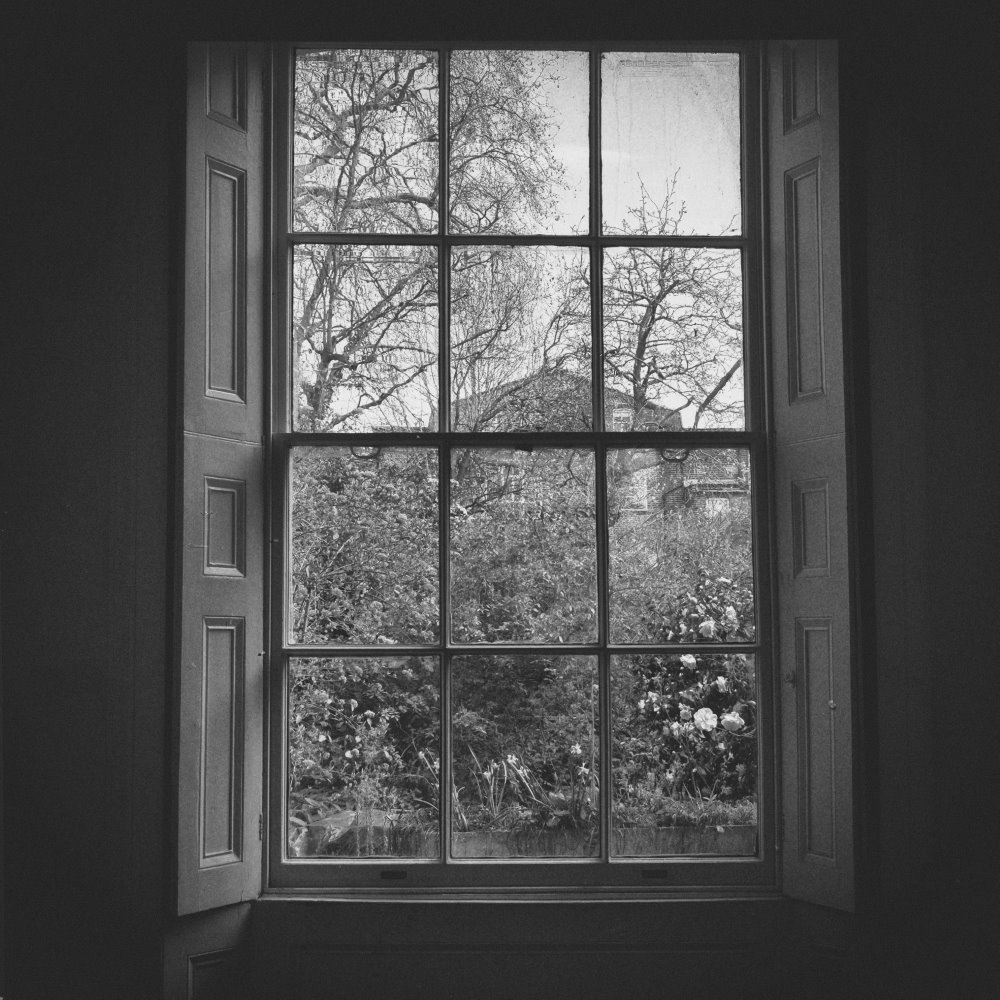Islington 1988
2018-2021
Text by: Noga Greenberg
Sofie Berzon MacKie’s exhibition ‘Islington 1988’ opens with a yearbook photo of a group of smiling British children. The inscription beneath it says ‘Islington 1988’. The exhibition name helps us understand that it deals with a personal story defined by time and place.
Berzon MacKie grew up in London with an English mother and an Israeli father. When she was seven, her family immigrated to Israel, and a year later, her mother died of an illness. The exhibition has been formulated over the past seven years, during which Berzon MacKie traveled to London to visit her desolate childhood home and photograph it.
It’s not an overstatement to say that the ‘late homecoming’ or ‘Nostos’ in Greek is the most prominent theme in world literature, starting with the biblical tales of the fathers, through ‘The Odyssey’, which established the motif and turned it into a central theme in western culture ever since. Homecoming often heralds the dream and its shattering. The protagonist looks forward to returning to her former life but reality sets in.
In Berzon MacKie’s case, the drama is remarkably still. The house is deserted and therefore accessible and available to participate in the artistic act. The wild-growing moss meadows and the uncontrollably climbing ivy, which may imply desolation, are in fact, an essential feature of her childhood landscapes. There seems to be almost no disparity between how the house looked in the past and how it looks today, and perhaps the absence of that disparity holds an existential melancholic vibration. The time we have is painfully limited in the face of the ivy’s grip on the walls. The mother’s portrait (bearing a striking resemblance to the artist) also contributes to the memory of the death day. When Berzon Mackie returns to her childhood home, maybe it’s the time standing still that brings her down to earth.
In a conversation with Berzon Mackie, she points out that in her experience, her childhood landscapes are a place of wonder, magic, and mystery: damp sidewalks in sprawling streets, red-brick houses lined with tall windows, surrounded by gardens with rockeries rich with soft moss. Victorian English literature, rich in ghosts and dramatic winters, is implied on the white walls (and this green wall) between the photographs in the exhibition.
The exhibition spectator who wants to understand Berzon Mackie’s stance from her home in the desert’s kibbutz Beeri versus the verdant landscapes of her childhood will have a difficult time. The photographs are absorbed with the smell of earth, secrets, wonder, and melancholy beauty. It’s almost hard to believe that their creator feels a sense of domestic warmth, embrace, and protection towards these landscapes. Without a doubt, the images were taken from somewhere else, from an unspecified time. The understanding that the fondly-remembered childhood home is a dark castle shrouded in ghosts is the basis of the exhibition experience.
All the elements contribute to the sense of tension between the concept of home as it is defined in the viewer’s mind, and the distant sights from a land faraway in the exhibition. The moss-covered rockery and the dramatically beautiful tree trunk add another layer to the experience of a different place: colder, rain-soaked, quieter, and well-rooted.
Two colors dominate the exhibition: gray and green. The black-and-white photographs are printed on metallic paper, and the dramatic-quiet nature of the prints takes us back to the history of photography, also originating from England. Moreover, the window appears several times in the exhibition, both in the photographs and installation. As a creator whose primary medium is photography, one might assume that the birth of English photography* is intertwined and implied between the windows. W.H Fox Talbot’s Oriel window in Lacock Abbey (1835), the earliest surviving negatives photograph, is an iconic image in its simplicity, directness, and primal aura. The window is still there in Talbot House, now a museum.
“The well-rooted house likes to feel a branch that is sensitive to the wind,” Gaston Bachelard writes in “The Poetics of Space” (translated by Maria Jolas), one of Berzon Mackie’s many sources of inspiration. “We live in it in alternate security and adventure.” The range between the concept of home as a protected area and a place of experimentation and boundary-pushing is at the core of Berzon Mackie’s beautiful and poetic exhibition.
—
*Note that photography was invented in England and France simultaneously.
